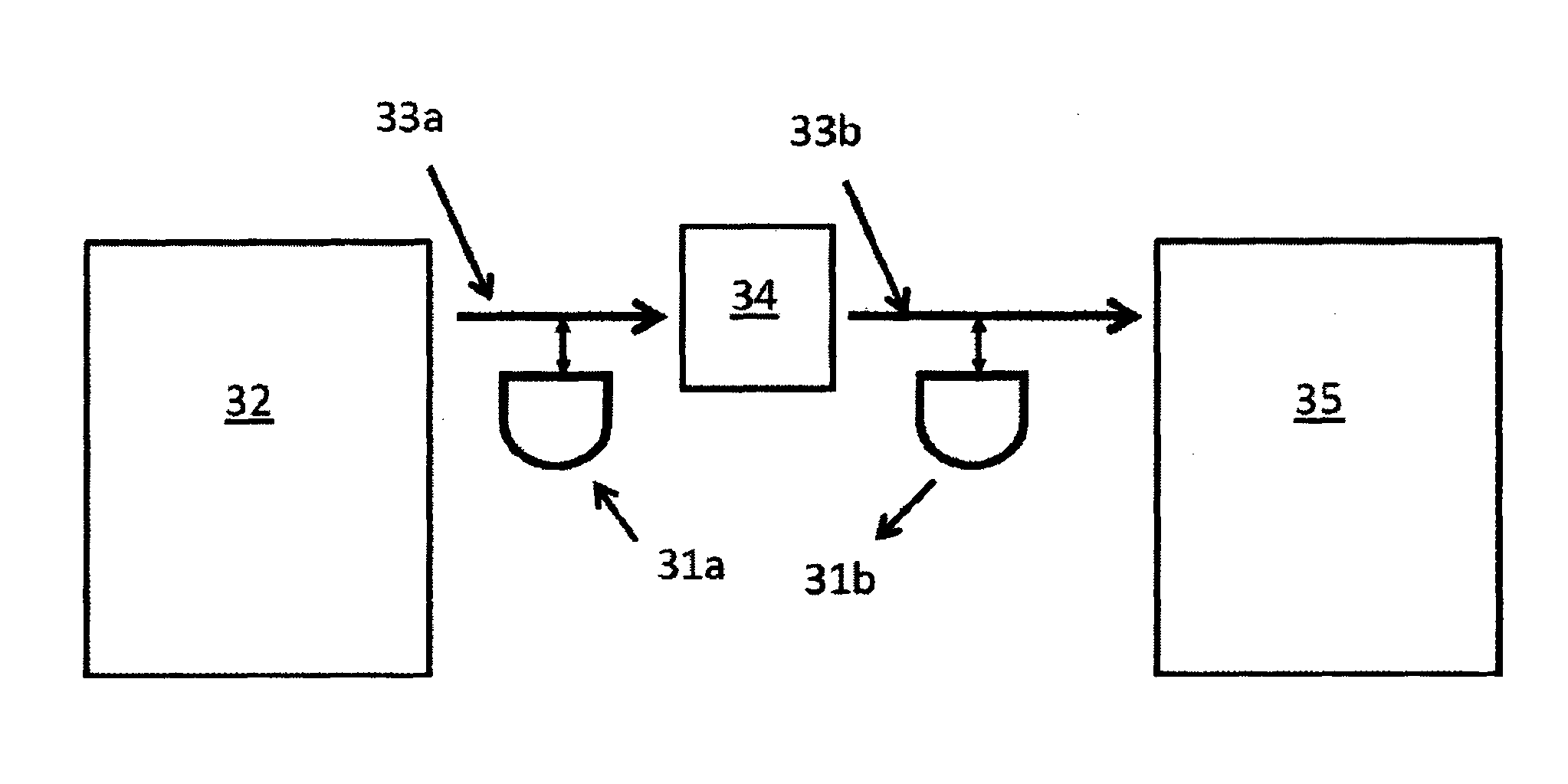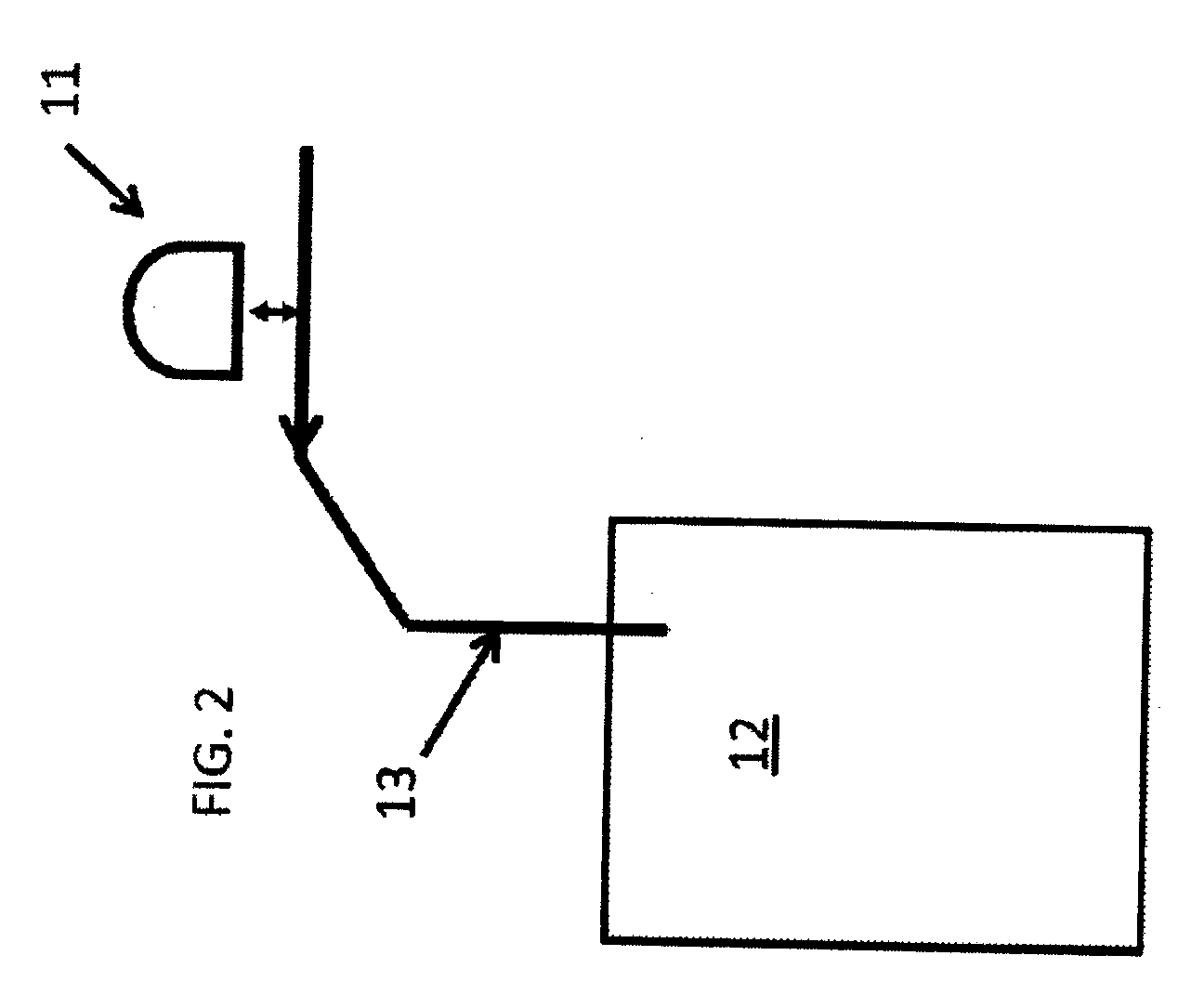Method of determining catalytic fines in an oil
a technology of catalytic fines and oil, applied in the field of method of determining catalytic fines in oil, can solve the problems of cumbersome and difficult determination of catalytic fines in fuel oil, and achieve the effects of low cost, sufficient low noise result, and low cos
- Summary
- Abstract
- Description
- Claims
- Application Information
AI Technical Summary
Benefits of technology
Problems solved by technology
Method used
Image
Examples
example 2
Calibration Map
[0237]Total amount of catalytic fines (Si+Al) determined in form of ppm was determined on a large amount of HFO samples (185308), here in the form of bunkering. The determinations were performed using standard methods according to ISO standard 10478.
[0238]The results shown in FIG. 7a show that the amount of catalytic fines in the bunkerings tested varies between about 5 and 75 ppm.
[0239]The respective amount of Al and Si was determined in the bunkering sample where the catalytic fines were >30 ppm. The number of bunkering included in this test was 76156.
[0240]The relation between catalytic fines and aluminum was plotted as log (amount Si / amount Al) as shown in FIG. 7b.
[0241]As it can be seen the obtained curve is a Gaussian distribution around 0.
[0242]In FIG. 7c the curve 41 shows the mean value of Si / al ratio. The curve 42 is a model of Lab assuming+2 ppm / 95% for each parameter and curves 43 and 44 show the 95% confidence curve, indicating that the ratio between Al ...
example 3
NMR Measurement
[0243]A number of measurements were determined according to the method as shown below.
Magnetic field strengthAbout 1.6 TOil sampleBunker fuel flowing in a pipe with aninner diameter of 12 mm and avelocity of about 1 l / min.Measuring volume (oil part)0.005 LExciting RF pulse90 degree pulse.Band width of about 200 KHzwith centre about 16.5 MHz.Refocusing pulsesTrains of 180 degree pulses.Band width of about 200 KHzwith centre about 16.5 MHz.TWAbout 15 msTEAbout 75 μsAntenna Q (quality-factor)About 50Exciting RF powerAbout 100 WMeasurement timeAbout 1 Hour
PUM
 Login to View More
Login to View More Abstract
Description
Claims
Application Information
 Login to View More
Login to View More - R&D
- Intellectual Property
- Life Sciences
- Materials
- Tech Scout
- Unparalleled Data Quality
- Higher Quality Content
- 60% Fewer Hallucinations
Browse by: Latest US Patents, China's latest patents, Technical Efficacy Thesaurus, Application Domain, Technology Topic, Popular Technical Reports.
© 2025 PatSnap. All rights reserved.Legal|Privacy policy|Modern Slavery Act Transparency Statement|Sitemap|About US| Contact US: help@patsnap.com



